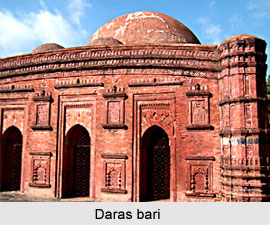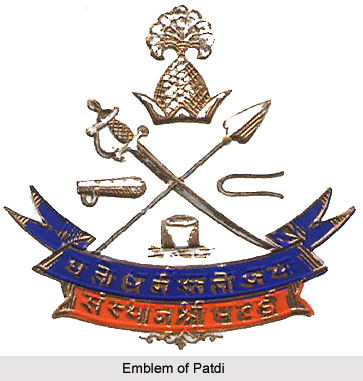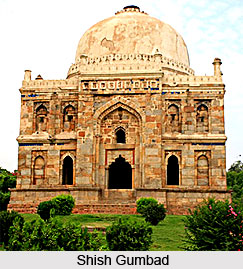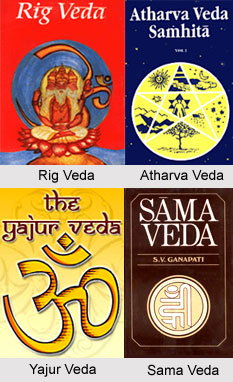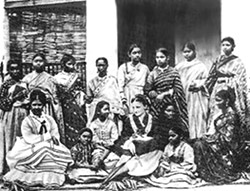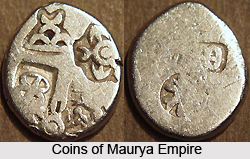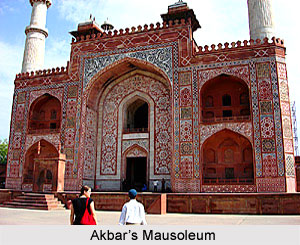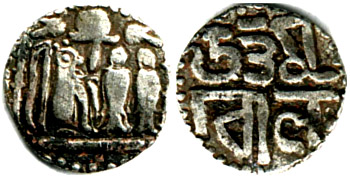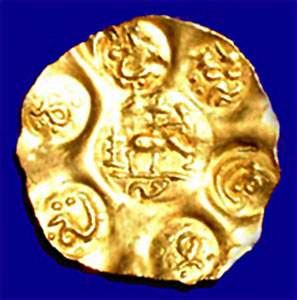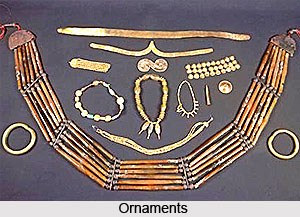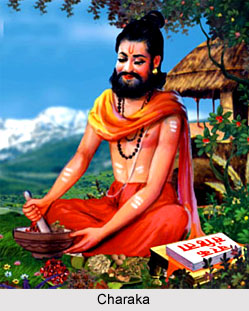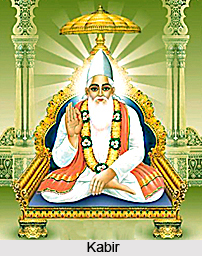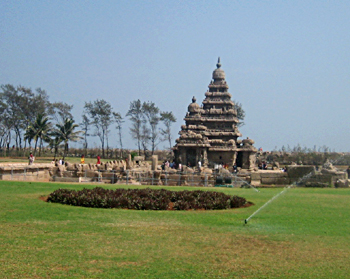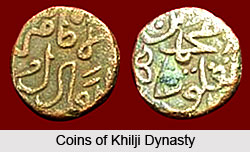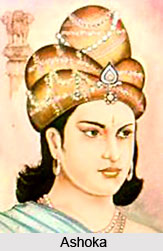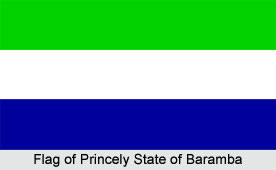 The Princely State of Baramba was one of the main states during the rule of the British Empire in India. During the early 19th century, the region was appointed as one of the princely states of India under the indirect rule of the British administration. The region was scattered over a total area of 142 sq km and is a part of the Indian state of Orissa. The region comprised of a total population of 52,924 in the year 1941. The Princely State of Baghal was incorporated as a part of the Orissa States Agency, which was a sub division of the Eastern States Agency. Orissa consisted of three administratively distinct regions Eastern Rajwara, Khalish or Kot and Western Rajwara. Eastern Rajwara was a remote marshland belt which extended from the coast from Puri to the Subarnarekha River. The region of Khalish consisted of the alluvial plains of the Mahanadi and other rivers. Western Rajwara was a vast range of hilly country which stretched back to Central India.
The Princely State of Baramba was one of the main states during the rule of the British Empire in India. During the early 19th century, the region was appointed as one of the princely states of India under the indirect rule of the British administration. The region was scattered over a total area of 142 sq km and is a part of the Indian state of Orissa. The region comprised of a total population of 52,924 in the year 1941. The Princely State of Baghal was incorporated as a part of the Orissa States Agency, which was a sub division of the Eastern States Agency. Orissa consisted of three administratively distinct regions Eastern Rajwara, Khalish or Kot and Western Rajwara. Eastern Rajwara was a remote marshland belt which extended from the coast from Puri to the Subarnarekha River. The region of Khalish consisted of the alluvial plains of the Mahanadi and other rivers. Western Rajwara was a vast range of hilly country which stretched back to Central India.
The princely state of Baramba was bordered by Narsinghpur in the northwest and the west; by Tigiria in the northeast; by the British district of Cuttack (Central Provinces and Berar) in the southeast and the south; and by Khandpur in the southwest.
History of Princely State of Baramba
The ruling family of the state belonged to the Kshatriya caste. The Princely State of Baramba was founded in the year 1305. A famous wrestler named Hatakeswar Rawat, who was in the service of the native ruler of the state of Orissa, was awarded 2 Khond villages by the Raja. The region covered a total area of 4 sq miles. The Mughal rulers never exercised direct authority over the native rulers or Rajas of the princely state of Baramba. But the Maratha Empire exacted annual tribute from the state. The native ruler of the state initially held the title of Rawat, which was later altered to Raja. He exercised full ruling powers and took charge of the administration of the territory. The princely state of Baramba was one of the original constituent members of the Chamber of Princes, a number of smaller states indirectly represented by 12 princes who were elected periodically by them.
In the year 1947, the last ruler of the princely state of Baramba, Raja Sri Narayan Chandra Birbar Mangraj Mahapatra who was the 22nd of his line, acceded his state to the newly formed Union of India, also known as Dominion of India, after the country gained independence from the British Government of India.
Rulers of Princely State of Baramba
The chronology of the native rulers of the princely state of Baramba is given as follow-
* Raja Hatakeshwar Rawat (1305- 1327)
* Raja Malakeshwar Rawat (1327- 1345)
* Raja Durgeswar Rawat (1345- 1375)
* Raja Jambeswar Rawat (1375- 1416)
* Raja Bholeswar Rawat (1416- 1459)
* Raja Kanhu Rawat (1459- 1514)
* Raja Madhab Rawat (1514- 1537)
* Raja Nabin Rawat (1537- 1560)
* Raja Brajadhara Rawat (1560- 1584)
* Raja Chandrashekhar Mangaraj (1584- 1617)
* Raja Narayan Chanda Mangaraj (1617- 1635)
* Raja Krushna Chanda Mangaraj (1635- 1650)
* Raja Gopinath Chandra Mangaraj (1650- 1679)
* Rawat Balbhadra Mangraj (1679- 1711)
* Rawat Fakir Mangraj (1711- 1743)
* Rawat Banadhar Mangraj (1743- 1748)
* Rawat Padmanava Birbar Mangraj (1748- 1793)
* Rawat Pindika Birbar Mangraj Mahapatra (1793- 1842)
* Rawat Gopinath Birbar Mangraj Mahapatra (1842- 1869)
* Raja Dasrathi Birbar Mangraj Mahapatra (1869- 1881)
* Raja Bishambhar Birbar Mangraj Mahapatra (1881- 1922)
* Raja Sri Narayan Chandra Birbar Mangraj Mahapatra (1922- 1948)


